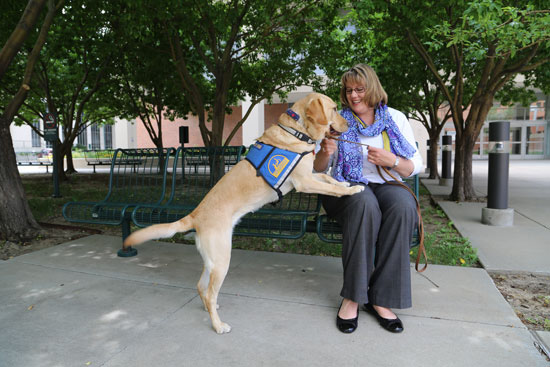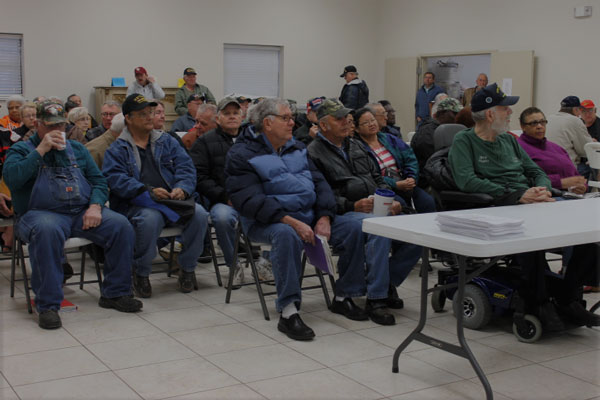By Anthony Cave, News21
The “compact” feeling of a classroom can be overwhelming for students who are military veterans.
Post-9/11 veteran Stephen Michael DeMoss, 27, said that he “burned out” during the fall 2012 semester at Florida International University. He struggled with Post-traumatic stress disorder and alcoholism.
“I had to be hospitalized, I almost had to drop my classes,” said DeMoss, who served in Iraq in 2005-2006.
The classroom setting troubled DeMoss so much he took evening classes, which met when the campus was less crowded.
“A lot of people can sometimes be a little stressful, you don’t get there early enough and you have to squeeze between a lot of people,” said DeMoss, an international relations major.
Despite a flurry of emails and invitations from the FIU veterans group, DeMoss said he did not seek help. However, change came in the form of an internship.
In spring 2013, he moved to California for a semester to join his wife, who was an intern with the National Aeronautics and Space Administration.
That move meant that DeMoss had to take all his classes virtually. He improved academically.
“I guess I had the mindset of being very independent. Online is a lot easier,” DeMoss said.
DeMoss still has a few classes that he must take on campus in Miami before he graduates, but a government job is already in his sights. DeMoss has an internship scheduled this summer with the U.S. Department of the Treasury in West Virginia.
He hopes to work for the U.S. Department of State some day, but Treasury has a plan too.
“This internship with the Treasury Department; they train me up,” DeMoss said. “Once I graduate, I have a job, if I want it.”






